Market Growth Projections
The Global Wheatgrass Products Industry is poised for substantial growth, with projections indicating a market value of 23.8 USD Billion in 2024 and an anticipated increase to 62.7 USD Billion by 2035. This growth trajectory suggests a compound annual growth rate of 9.2% from 2025 to 2035. Such figures highlight the increasing consumer interest in health and wellness products, particularly those derived from natural sources. The market's expansion is likely to be fueled by various factors, including rising health consciousness, innovative product offerings, and the growing popularity of plant-based diets.
Rising Health Consciousness
The increasing awareness of health and wellness among consumers is a primary driver for the Global Wheatgrass Products Industry. As individuals seek natural and organic food sources, wheatgrass has gained popularity due to its perceived health benefits, including detoxification and nutrient density. This trend is reflected in the market's projected growth, with revenues expected to reach 23.8 USD Billion in 2024. Consumers are increasingly incorporating wheatgrass into their diets, whether through juices, powders, or supplements, indicating a shift towards healthier lifestyle choices. This growing demand for nutritious products is likely to propel the industry forward.
Innovative Product Development
Innovation in product development plays a crucial role in driving the Global Wheatgrass Products Industry. Manufacturers are continually introducing new formulations and product types, such as wheatgrass-infused beverages, snacks, and dietary supplements. This innovation caters to diverse consumer preferences and dietary needs, thereby expanding the market's reach. For instance, the introduction of convenient, ready-to-drink wheatgrass shots has attracted busy consumers seeking health benefits without the hassle of preparation. Such developments not only enhance consumer engagement but also contribute to the industry's projected growth, with a compound annual growth rate of 9.2% anticipated from 2025 to 2035.
Consumer Education and Awareness
Consumer education regarding the health benefits of wheatgrass is a vital driver for the Global Wheatgrass Products Industry. As more information becomes available about the nutritional advantages of wheatgrass, consumers are more inclined to incorporate it into their diets. Educational campaigns by health organizations and wellness influencers are raising awareness about the detoxifying properties and antioxidant content of wheatgrass. This increased knowledge is likely to result in higher consumption rates, thereby boosting market growth. As consumers become more informed about their health choices, the demand for wheatgrass products is expected to rise, further solidifying its market presence.
Expansion of Distribution Channels
The Global Wheatgrass Products Industry benefits from the expansion of distribution channels, which enhances product accessibility. Retailers are increasingly stocking wheatgrass products in health food stores, supermarkets, and online platforms. This diversification in distribution allows consumers to easily access a variety of wheatgrass products, contributing to market growth. The rise of e-commerce has particularly transformed how consumers purchase health products, with online sales expected to increase significantly. As a result, the market is likely to experience a surge in demand, further solidifying its position in the global health food sector.
Growing Vegan and Vegetarian Trends
The rise of veganism and vegetarianism is significantly influencing the Global Wheatgrass Products Industry. As more individuals adopt plant-based diets, the demand for nutrient-rich, plant-derived products like wheatgrass is on the rise. Wheatgrass is often viewed as a superfood, providing essential vitamins and minerals that align with the nutritional needs of those following these diets. This trend is expected to drive market growth, as the industry adapts to cater to the increasing number of consumers seeking plant-based alternatives. The market's expansion is likely to reflect this shift, with revenues projected to reach 62.7 USD Billion by 2035.
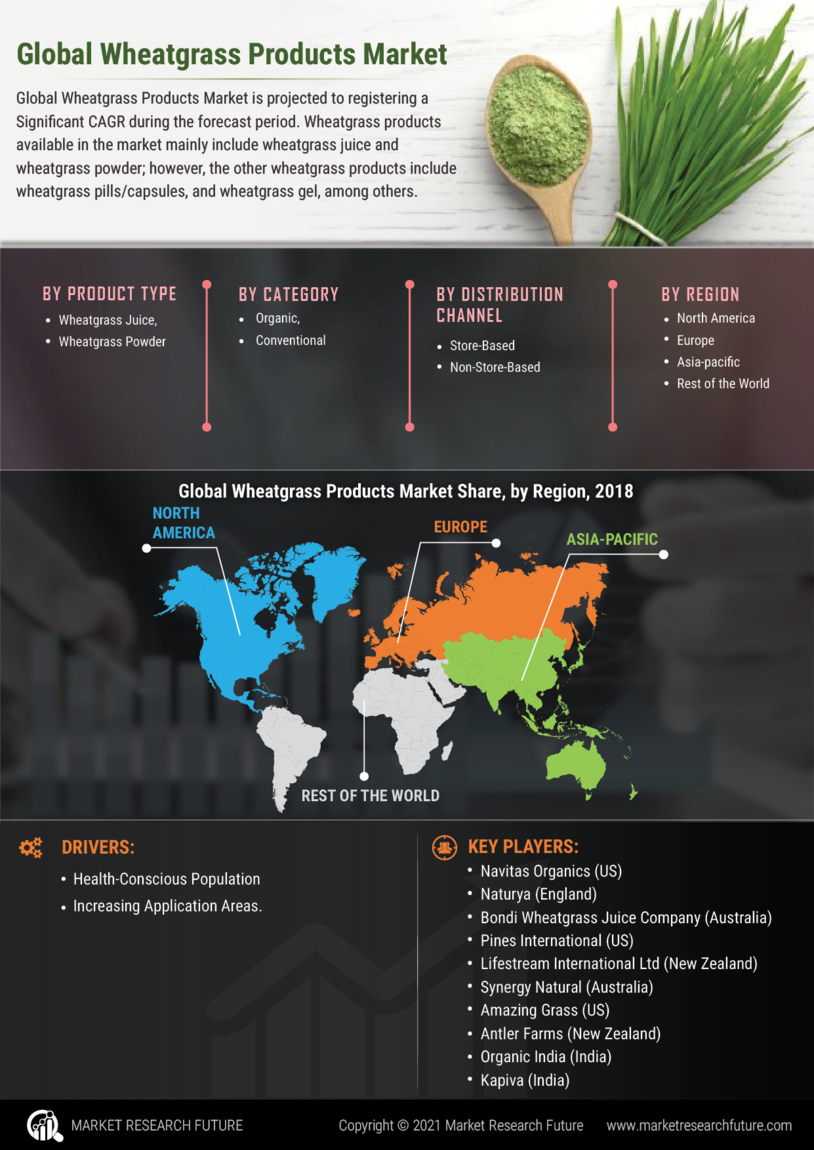

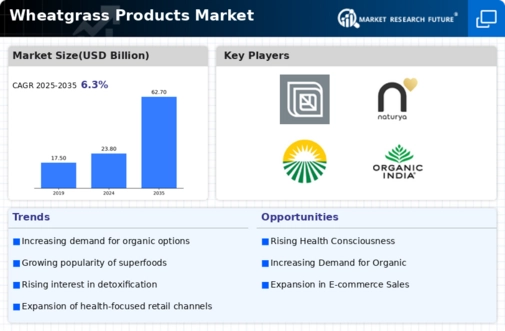



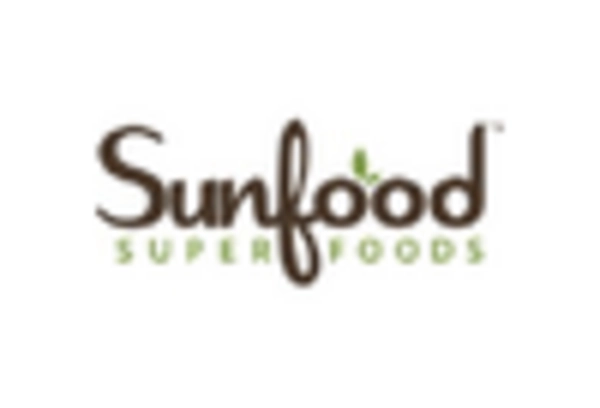
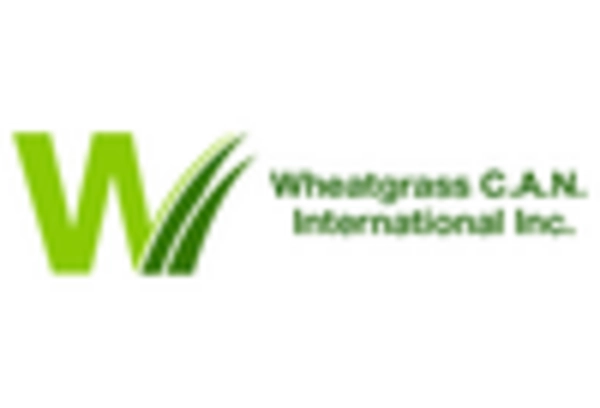
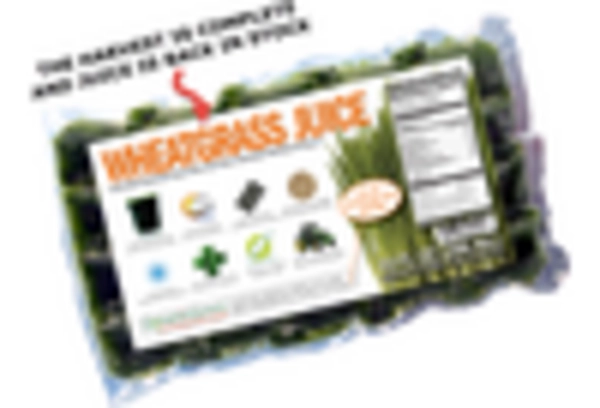








Leave a Comment